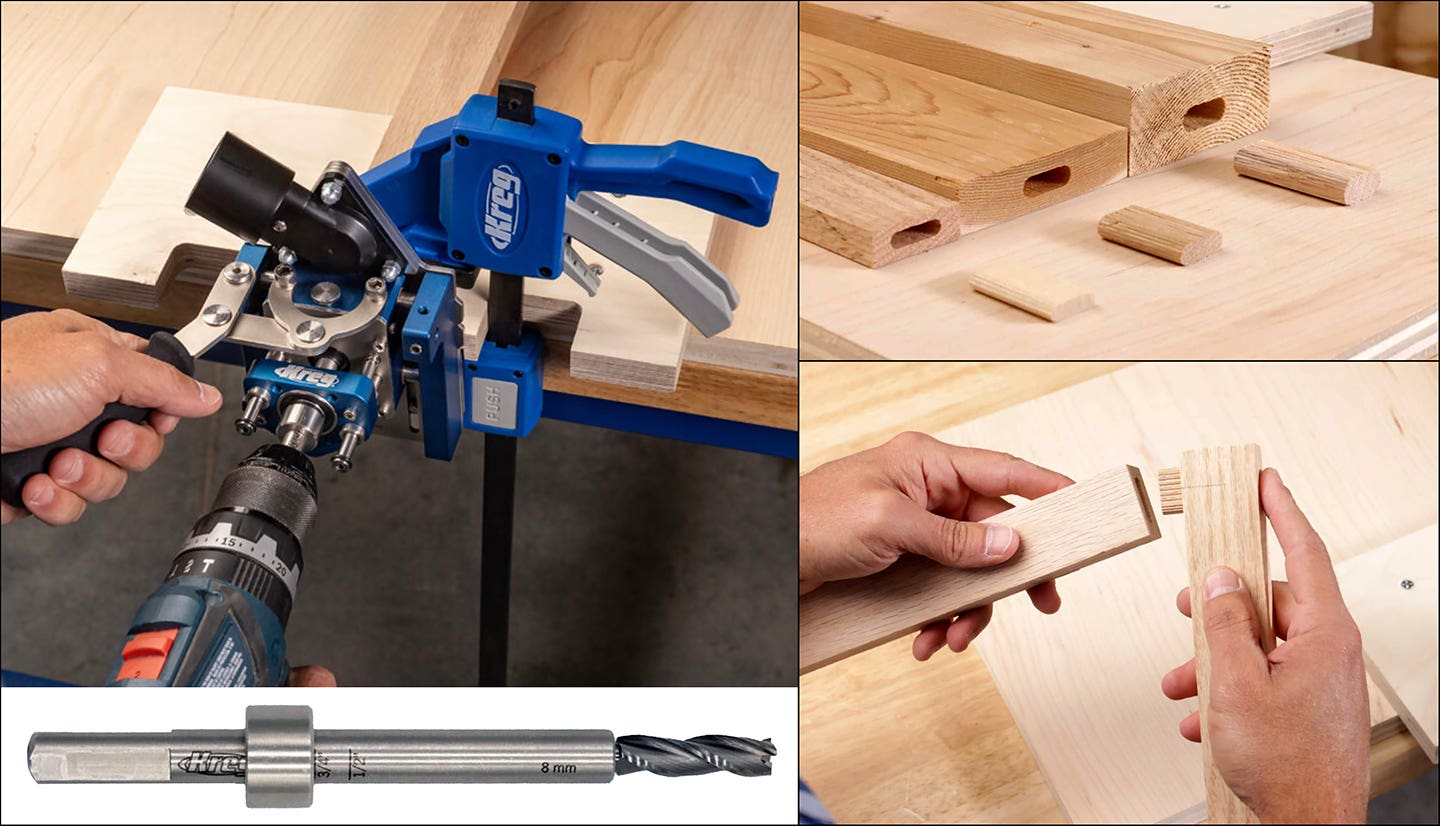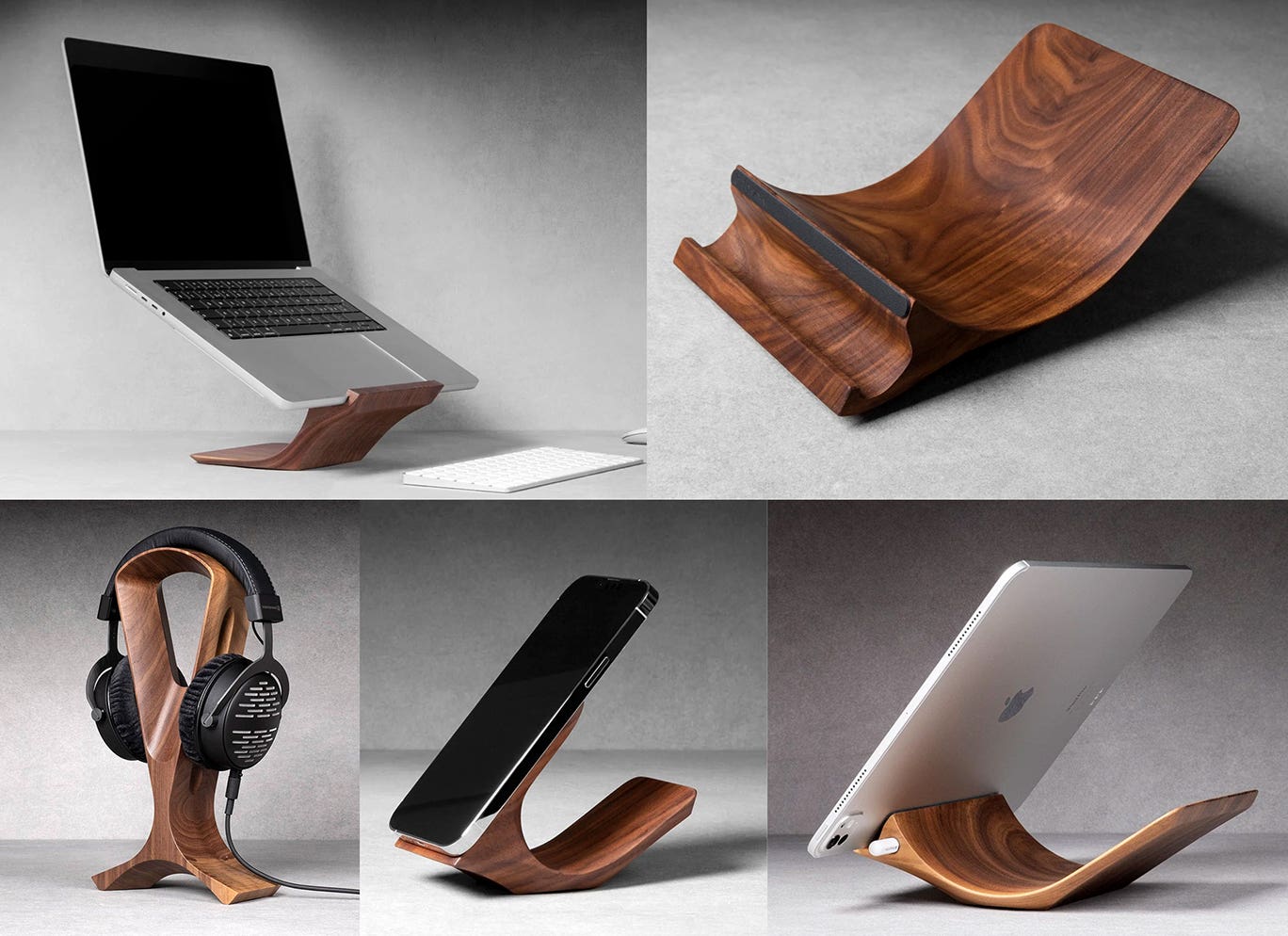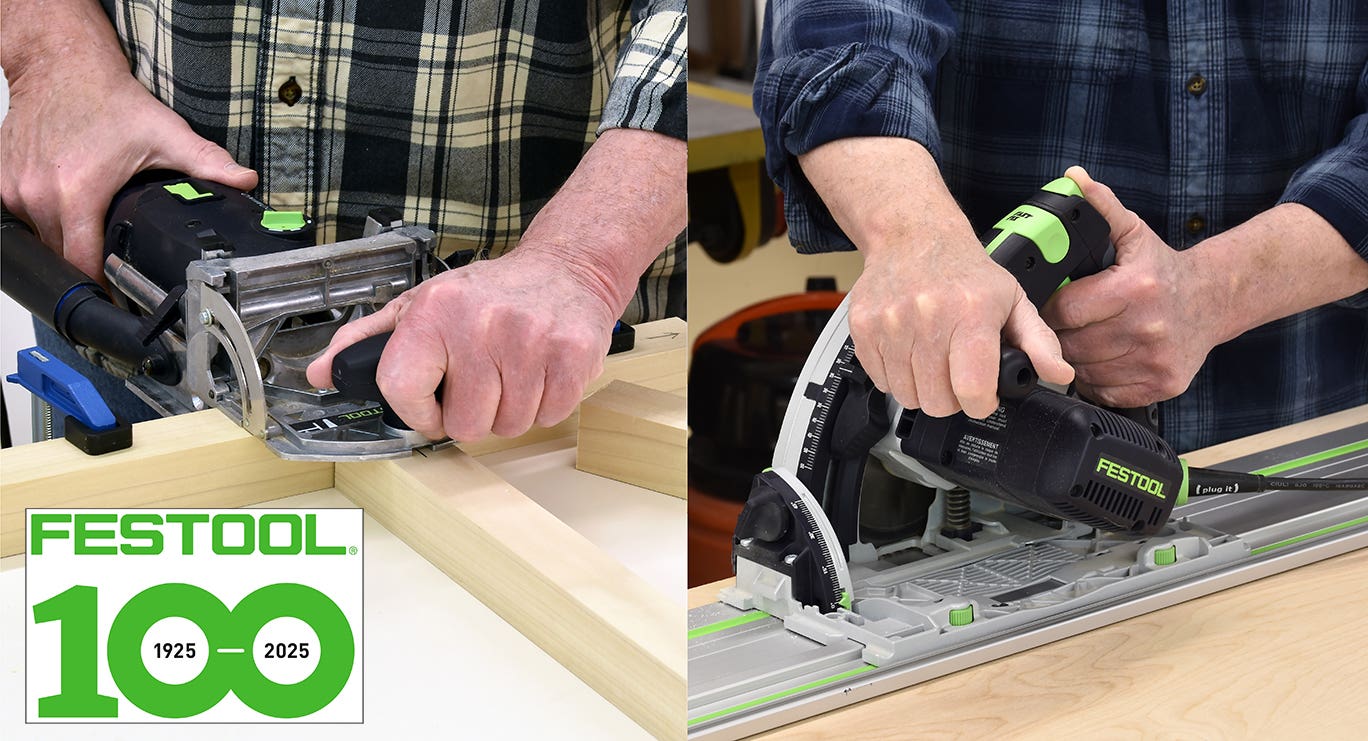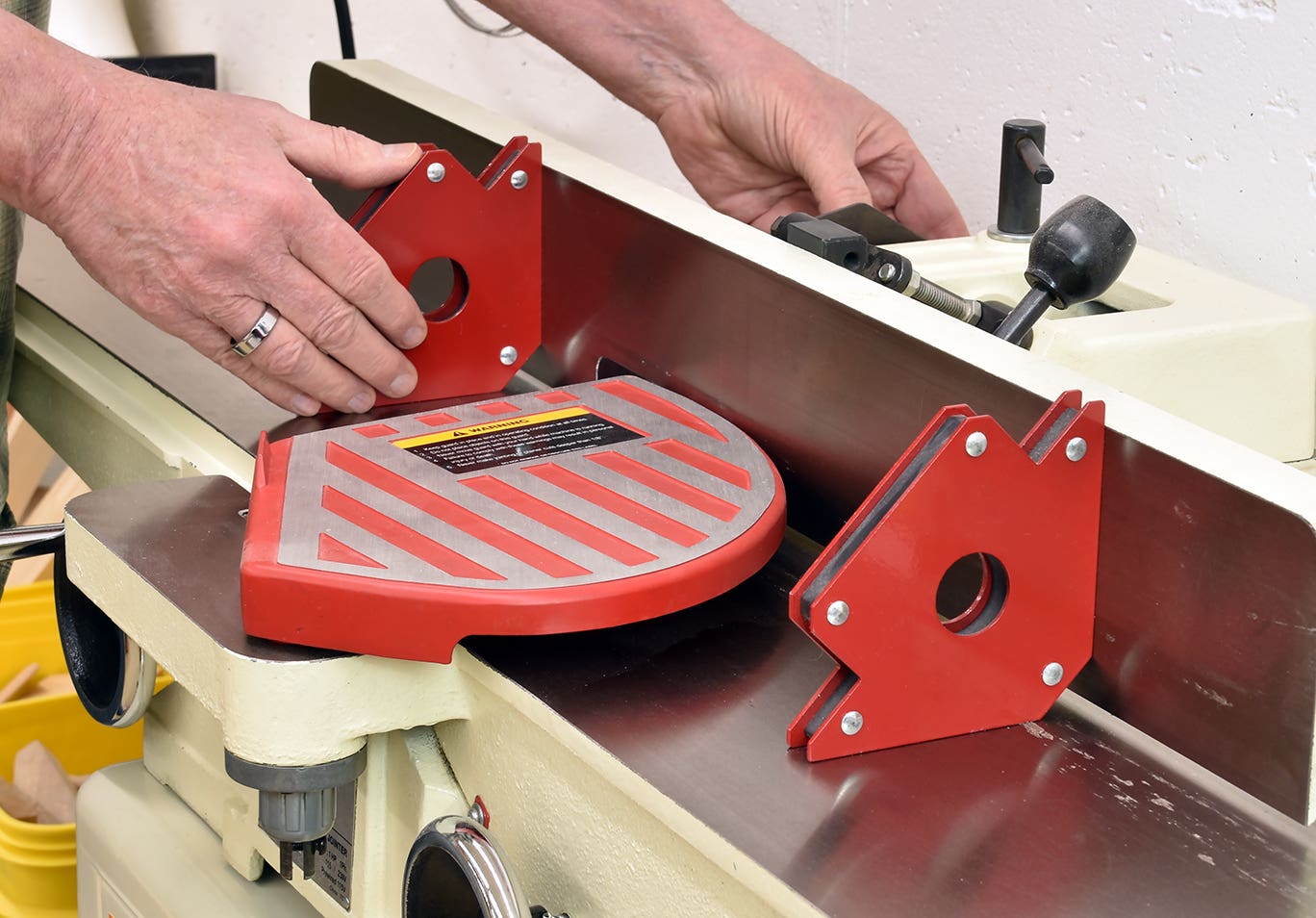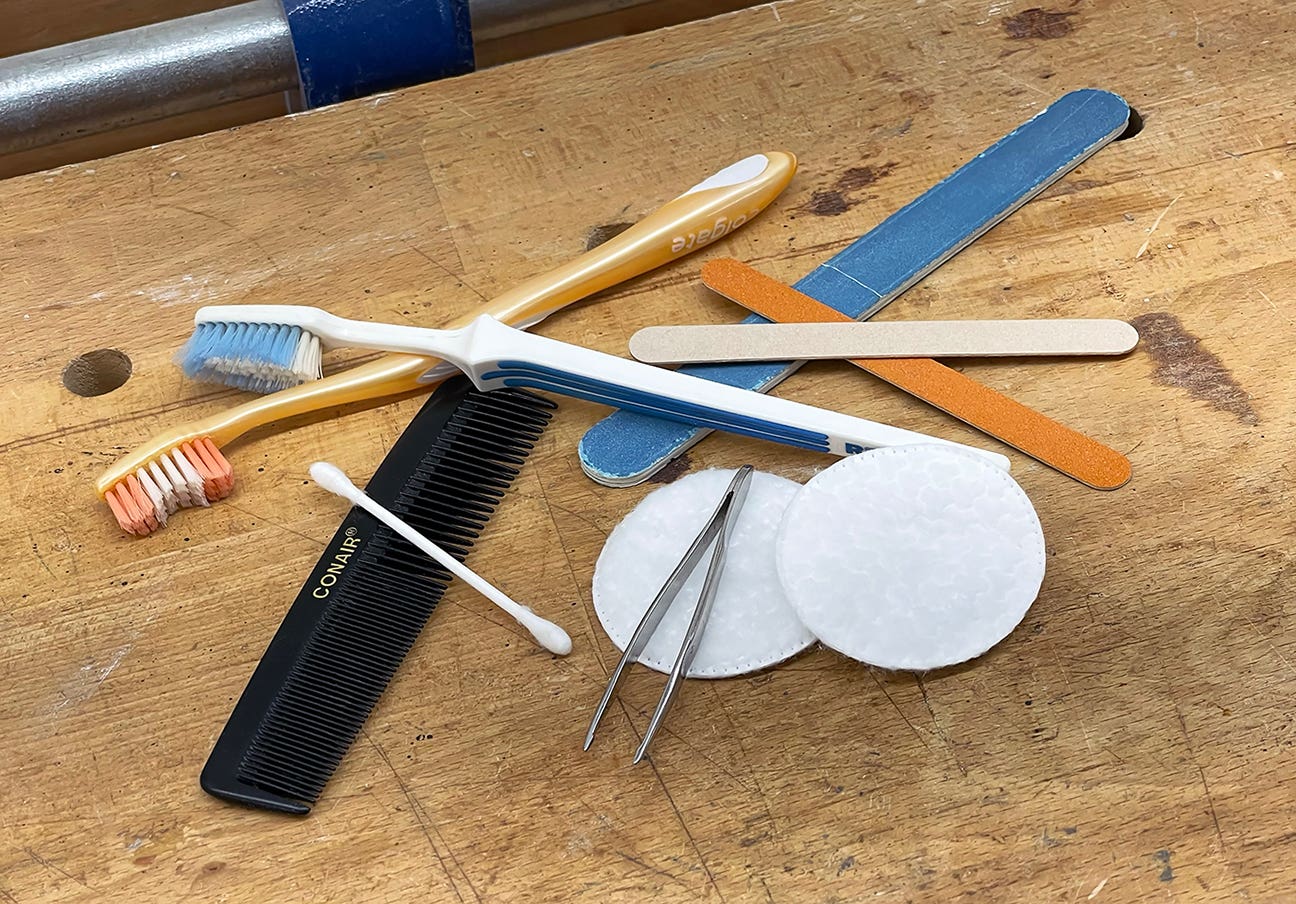Wide boards or narrow?
I recently completed a table with a purpleheart top glued up from two 18″ wide planks. I was faced with the age-old question of whether it is better to make…
I recently completed a table with a purpleheart top glued up from two 18" wide planks. I was faced with the age-old question of whether it is better to make a top from one or two wide boards or to use several narrow ones.
I have never been able to bring myself to rip extra wide boards, even if they are a bit bowed or warped. I would rather design the table base in such a way as to have a structure that is rigid enough to pull the top flat.
In the case of my purpleheart top, I had a very delicate base in mind and the top did end up with a slight warp in it. My solution in this case was to simply shorten one leg by 3/8 of an inch. This allowed the table to sit flat without rocking even though the whole thing has a slight twist. It is impossible to detect my "workaround" without a tape measure.
A single board top will rarely be a problem and it will look much better than a glued up top. There is little reason to cut up a wide board to make several narrow ones that will be glued back together in the same orientation. The only way to get any "advantage" would be if you were to flip every other piece over. The theory is that you have a choice as to whether you have a "wave" pattern to the grain which will, in theory, minimize the tendency of the top to bow or to create an even bow that can be pulled flat to the table's understructure. But you will be sacrificing the esthetic advantage of using a single wide board.
For me, I will choose the single board every time unless it is simply too warped, bowed, wound or whatever to make a reasonably flat top.
D.D.
David DeCristoforo possesses an extensive resume as designer/maker of fine furniture, high-end cabinetry and architectural woodwork. His experience in professional woodworking spans a period of 35 years. For the past 20 years David DeCristoforo Design has been located in Woodland, California. During this time David's shop has ranged in scope from a "full on" cabinet production shop with as many as 15 employees to a small fine furniture and custom millwork shop, working with his son, David RBJ, a highly skilled maker in his own right.


